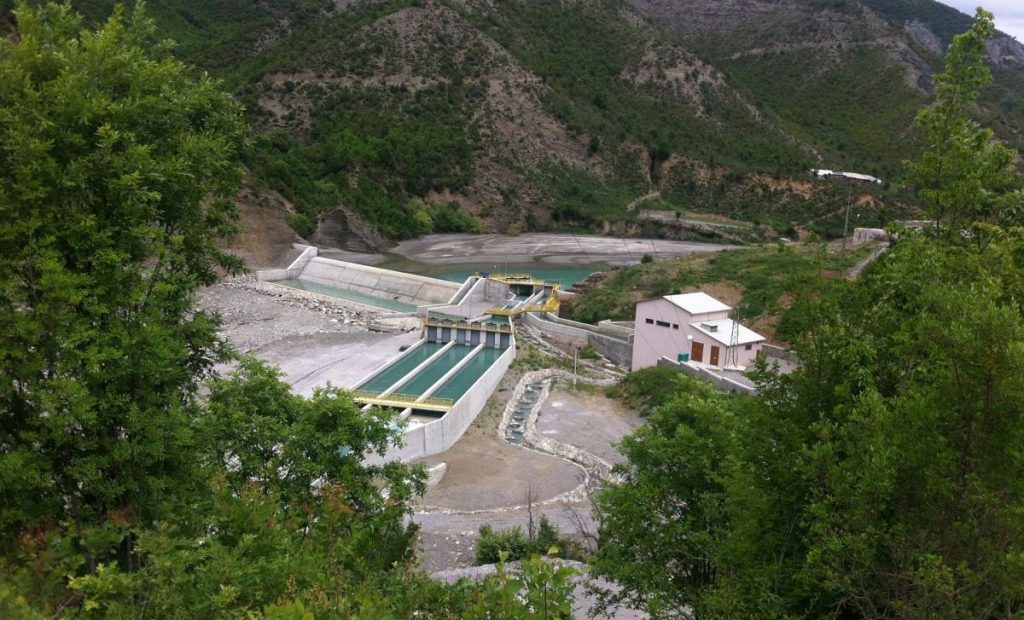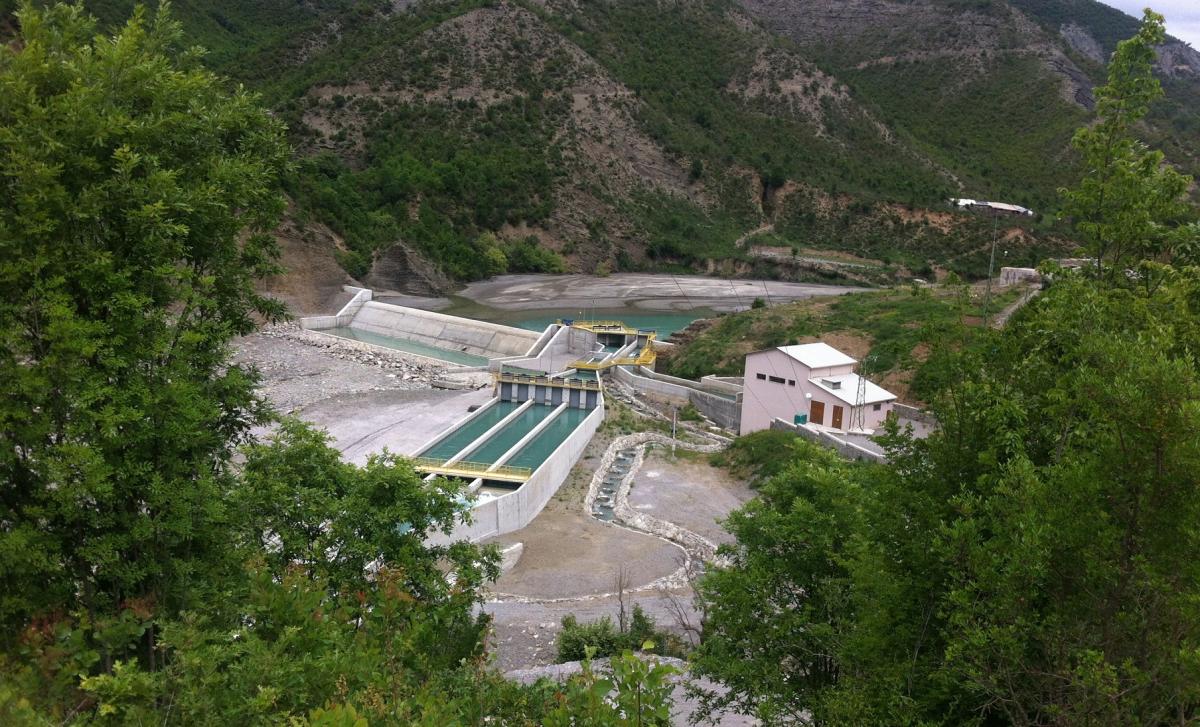
As You, probably, know the main factor preventing rivers in EU to achieve “good ecological status” prescribed by the Water Framework Directive is “hydro-morphological alteration”, in other words – dams, dykes and other water infrastructure. One would expect, that policies of EU countries would be directed at removing and reducing this threat. Reality is shocking:
Europe’s rivers are damned by dams: Plans are drawn for more than 8,700 new hydropower plants.
Download the FULL REPORT and the SUMMARY REPORT
The first pan-European inventory of existing and planned hydropower plants shows the immense pressure on rivers throughout the sub-continent. In addition to the 21,387 existing hydropower plants, another 8,779 are planned, mainly in the Alps and the Balkans. Previously untouched rivers – especially in the Balkans – are to be destroyed. More than a quarter (2,500) of these hydropower projects are situated in protected areas, mainly in national parks and Natura 2000 sites.
The FLUVIUS study was commissioned by EuroNatur, Riverwatch, WWF, and GEOTA. Its findings highlight the failure of governments both within and outside the EU to protect rivers and biodiversity, and document plain disregard of EU water protection legislation, in particular the Water Framework Directive.
“We are facing the end of free-flowing rivers in Europe and a collapse of biodiversity if we do not stop this hydropower madness. The EU Commission under Ursula von der Leyen and the national governments have to stop this expansion. Above all, they must put an end to subsidies for hydropower and improve river protection. It is unacceptable that our electricity bill finances hydropower investors and thus the destruction of Europe’s lifelines,”says Ulrich Eichelmann of Riverwatch.
Hydropower dams destroy rivers and their surroundings, and they substantially contribute to biodiversity loss. They interrupt the natural flow of the river, block fish migration – affecting fish stocks and the survival of endangered species – and intercept sediments that protect river banks and deltas from flooding and rising sea levels. Local communities are literally being dried up. In addition, over 90 percent of the planned hydroelectric power plants generate only small amounts of electricity (less than 10 MW), i.e. they are so-called ‘small’ hydropower plants that cause great damage to nature with little economic benefit, but supported by unwise subsidies for alleged “climate mitigation”.
Source: Joint press release by EuroNatur and Riverwatch


